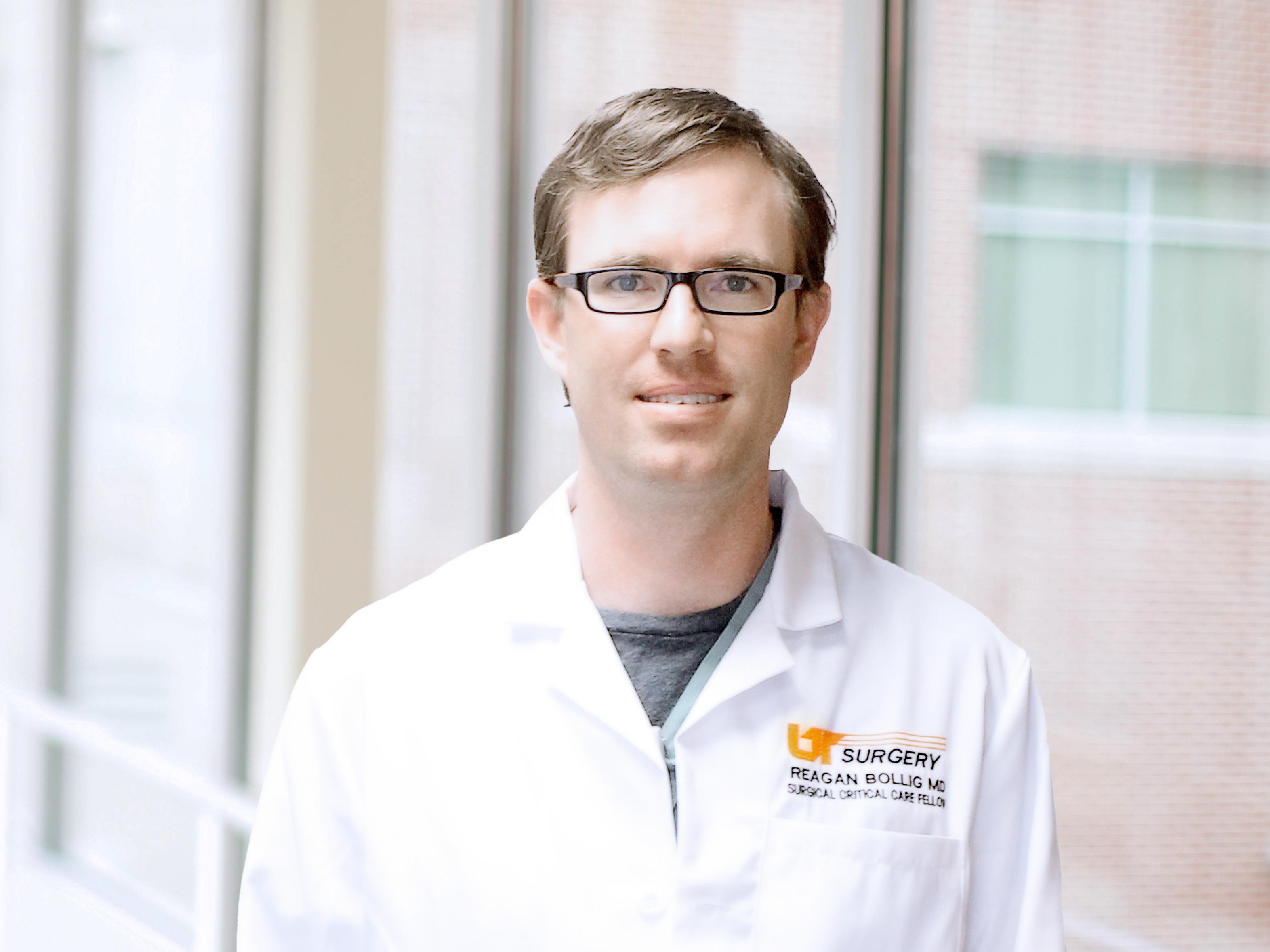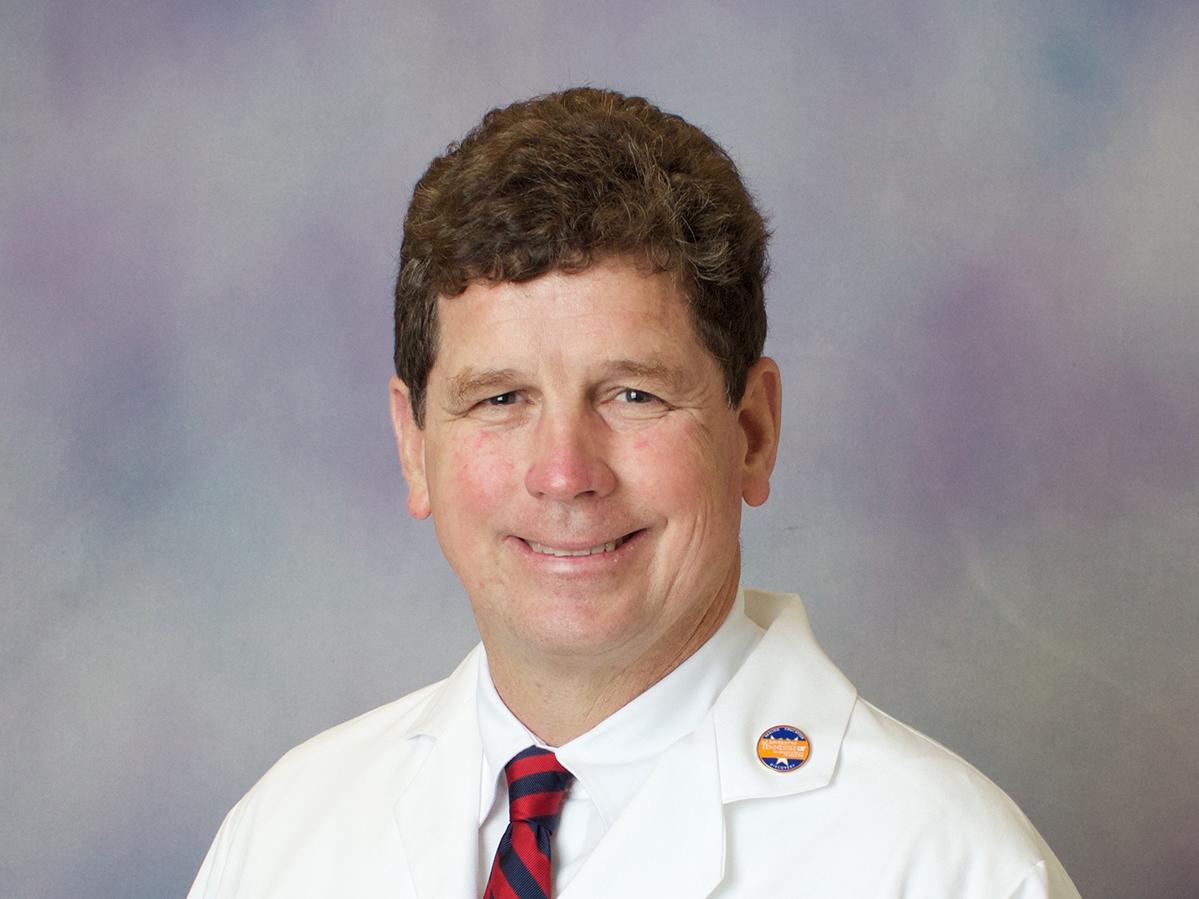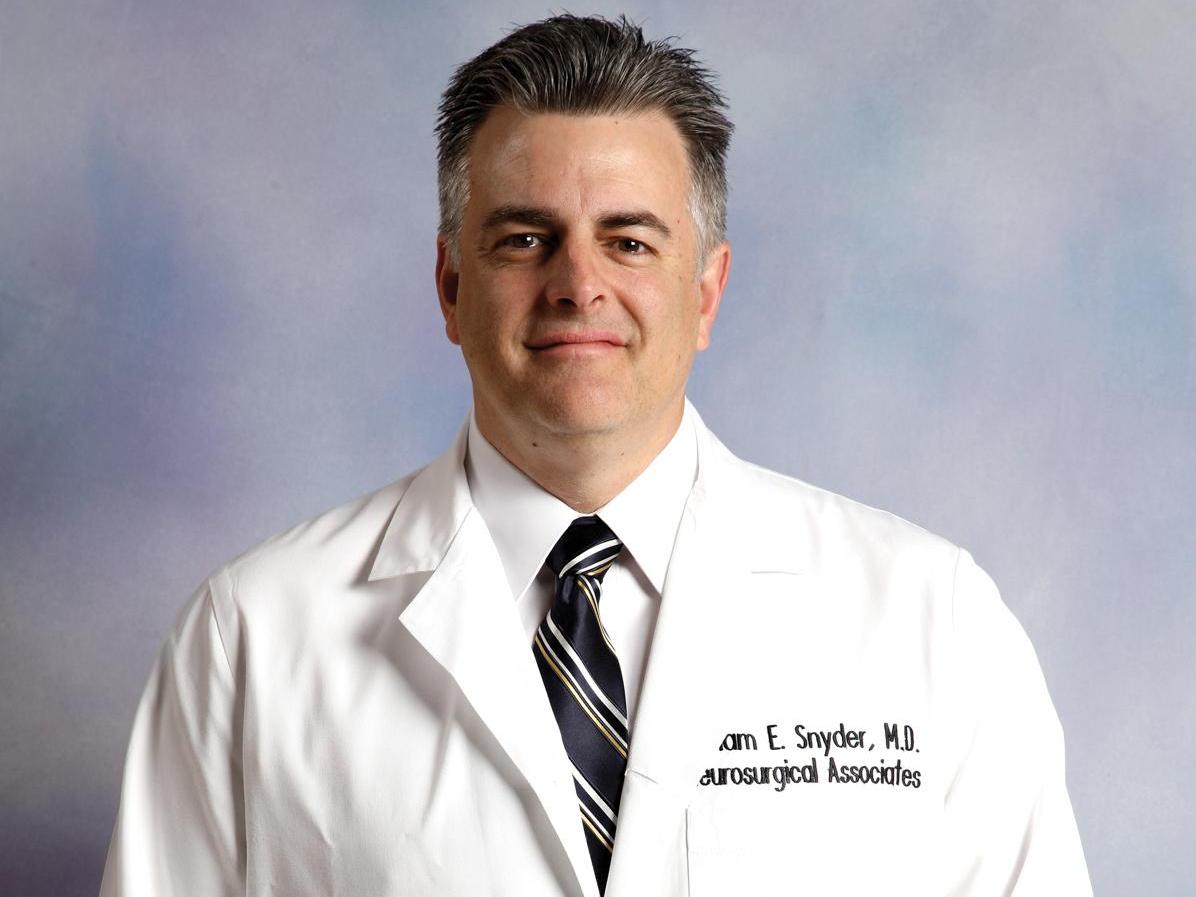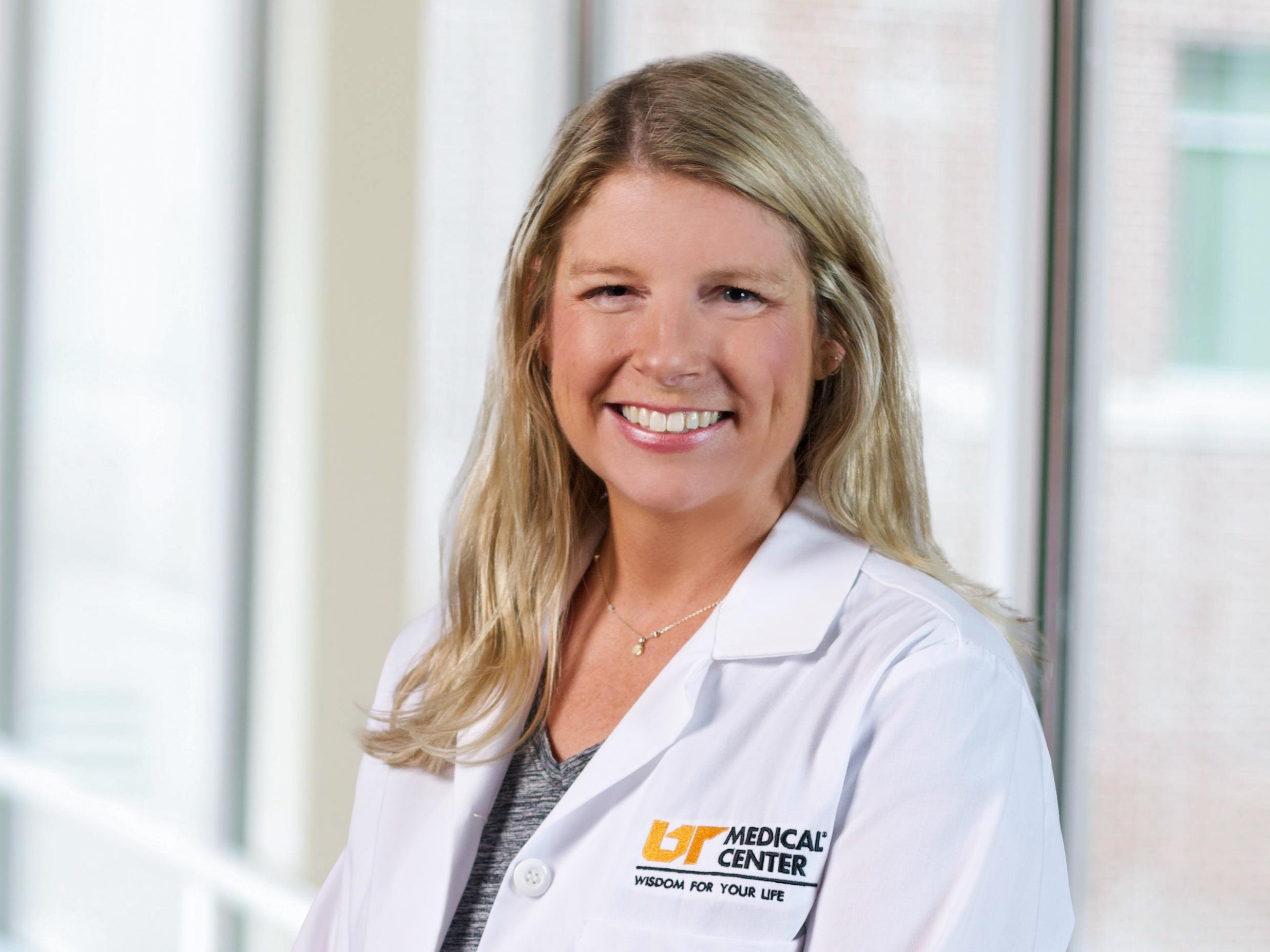Overview
The physicians of University General Surgeons serve as lead trauma surgeons at the University of Tennessee Medical Center’s Trauma Center. From admission to discharge, a highly trained team cares for patients seeking care at this Level I Trauma center. Our team of surgeons is trusted to care for the most critically ill patients in our region.
Did you know According to the Centers for Disease Control, receiving care for a severe injury at a Level I Trauma Center can lower the risk of death by 25 percent? Sadly, nearly 45 million Americans do not have access to a trauma center within one hour of becoming inured. Our team works closely with the entire Trauma Services team, including those responsible for transporting patients such as Lifestar and local EMS providers, to ensure people across our region have quick access to the highest degree of emergency medical care.
Trauma Surgery FAQs
What types of events cause traumatic injuries?
A traumatic injury can occur nearly anywhere. Car accidents, sports activities, and violent acts are among the three most common causes of traumas in the U.S. Injuries associated with traffic collisions, ATV accidents, physical assaults and falls tend to incur blunt traumas, whereas penetrating wounds tend to come from gunfire, knife attacks and accidental impalement.
What is the job of a trauma surgeon?
Trauma surgeons must work very quickly with limited information about the patients they are treating. Furthermore, since many patients present with more than one wound or injury, the surgeon must be capable of carrying out complex treatments and procedures in order of priority. General trauma surgeons must be familiar with a wide range of procedures involving multiple areas of the body, including the neck, chest, and abdomen.
Traumatic injuries can be life-threatening. Often, it is the responsibility of a trauma surgeon to first resuscitate and open the airways of a patient who has entered the ER. Then, the surgeon will rapidly evaluate the victim and sometimes order a wide range of diagnostic tests or an emergency laparotomy or thoracotomy to access the chest and abdominal cavities. The attending surgeon will manage a team of health professionals to stabilize the patient until further evaluation can be completed.




